
After the merger, Can Tho's health sector has gradually standardized the network of health stations, rearranged human resources, transferred equipment, and updated population-health data by area. The city has 103 commune and ward health stations. Each station has a main centralized operating point and sub-points.
Step by step standardization
Currently in Can Tho, the medical examination and treatment network from the grassroots level to the city level has been expanded and strengthened. Many medical facilities operate quite effectively. The number of people coming for medical examination and treatment is quite large. The quality of service has been improved with investment in many equipment and a team of highly qualified, enthusiastic and dedicated doctors.
At some inner-city medical stations in Binh Thuy, Cai Rang, etc., the facilities are spacious and have many modern machines. Some medical examination and treatment facilities in remote areas have received attention and investment. Co Do commune medical station has many doctors, laboratory technicians, X-ray technicians, pharmacists with university degrees, midwives, etc. The system of biochemical testing machines, blood formulas, ultrasound machines, etc. of the station basically meets the needs of medical examination and treatment.
Ms. Nguyen Thi Sau (Co Do commune) said: “In the past, when I was sick, I often went to the hospital in the city center or to a private clinic. Recently, seeing that the local health station is equipped with many machines and has many skilled doctors, I have come to see a doctor more often. Common illnesses are treated very effectively at the health station.”
Since 2018, the Department of Health has coordinated with Can Tho University of Medicine and Pharmacy to organize basic family medicine training courses for doctors at health stations and medical centers. The total number of general practitioners participating in additional training in family medicine is 106 people.
Dr. Ly Hong Khiem, Head of Planning and Finance Department,
Can Tho City Department of Health
Currently, the city has opened 8 family doctor clinics to help improve the quality of primary care in a more comprehensive and continuous manner. The clinics operate stably, regularly coordinating with upper-level hospitals in professional work. According to Dr. Ly Hong Khiem, Head of the Planning and Finance Department, Can Tho City Department of Health, since 2018, the Department of Health has coordinated with Can Tho University of Medicine and Pharmacy to organize basic family medicine training courses for doctors at health stations and medical centers. The total number of general practitioners participating in additional training in family medicine is 106 people.
According to leaders of some medical facilities, more patients coming for examination is not only a source of spiritual encouragement for the medical staff, but also a factor that helps improve the income of medical staff, and at the same time shows the trust of the people in the medical industry. Meritorious Doctor, Doctor, Doctor Truong Ty, Director of Cai Rang Regional Medical Center, said that the current facility was merged from the former Cai Rang and Phong Dien District Medical Centers, currently has 5 medical stations and 7 stations. The number of outpatients at the center is about 700 to more than 1,000 people/day; inpatients is about 40 to 60 patients.
After the merger, the surplus number of doctors and nurses from the two medical centers were transferred to the grassroots level. Among them, many were highly qualified, so the quality of medical staff at the stations and stations was improved.
More investment needed
Despite many encouraging results, the city still faces many difficulties in developing primary health care. Associate Professor, Doctor, Doctor Hoang Quoc Cuong, Director of the Can Tho City Department of Health, shared that many medical facilities are currently degraded. Some medical stations need to be newly built or upgraded and renovated. Some places lack CT scanners, cardiovascular ultrasound machines, artificial kidney machines, etc. Infrastructure and information technology equipment at the grassroots level are at a basic level. Medical centers face difficulties in the autonomous mechanism, especially units with only preventive functions, etc.
According to our records, at many medical stations and stations in the city center, there is still a lack of machinery and equipment. “The entire facility only has a few computers to work. Human resources are also not guaranteed because now, the areas are more densely populated, requiring more medical staff. If we want the medical station to attract patients, we must have skilled doctors, nurses, and midwives. In addition, we need a team of laboratory technicians trained in standard practices, and pharmacists to manage drugs...” - said the leader of a medical station in Binh Thuy area.
Some health stations are still struggling with digital transformation, especially the implementation of electronic medical records (EMR). Meanwhile, electronic medical records help grassroots health facilities manage patients better, reduce administrative procedures, increase treatment accuracy, and facilitate data connection with higher levels.
According to the Can Tho City Department of Health, after the merger, 2 public health units and 2 private hospitals announced the application of EMR. Medical facilities have encountered many difficulties in implementing EMR mainly due to the degraded information technology system infrastructure. The cost of implementing EMR is too large compared to the capacity; bidding for EMR software takes a long time. Some medical centers are completely autonomous in regular spending, currently have financial imbalances so there is no investment capital...
According to experts and leaders of medical centers in Can Tho, to develop local primary health care, it is necessary to focus on synchronizing many solutions, in which the focus is on improving the quality of medical examination and treatment at the primary level. It is necessary to invest in modern facilities and equipment, suitable for the health care needs of the people. Training and fostering of medical human resources need to be promoted. The application of information technology and deployment of EMR need to be paid more attention.
“The grassroots medical staff undertakes many tasks such as medical examination and treatment, preventive medicine, and health record management, but their income and allowances are not commensurate. There needs to be more specific support policies so that they can work with peace of mind. Professional and technical training for grassroots medical staff should be given top priority. Financial support for commune-level doctors and nurses to participate in training on diagnostic techniques, initial treatment, and the use of new equipment is also very important,” shared Meritorious Physician, PhD, MD Truong Ty.
According to the Can Tho Department of Health, after the administrative boundary merger, the health sector must change quickly, closely follow reality, focus on the people, and serve the people better. In the spirit of effectively implementing Directive No. 25-CT/TW dated October 25, 2023 of the Secretariat on continuing to consolidate, improve, and enhance the quality of grassroots health activities in the new situation, implementing the city's direction, the Department has deployed a plan related to the family doctor model, completing the electronic health record system; sending medical staff at health stations to the University of Medicine and Pharmacy to study courses on grassroots health such as family doctor, ultrasound, electrocardiography, equipment management, management of non-communicable disease treatment, and first aid.
Source: https://nhandan.vn/phat-huy-hieu-qua-vai-tro-y-te-tuyen-co-so-post903898.html





![[Photo] Brilliant red of the exhibition 95 years of the Party Flag lighting the way before the opening](https://vphoto.vietnam.vn/thumb/1200x675/vietnam/resource/IMAGE/2025/8/27/e19d957d17f649648ca14ce6cc4d8dd4)
![[Photo] Many people eagerly await the preliminary review despite heavy rain](https://vphoto.vietnam.vn/thumb/1200x675/vietnam/resource/IMAGE/2025/8/27/4dc782c65c1244b196890448bafa9b69)

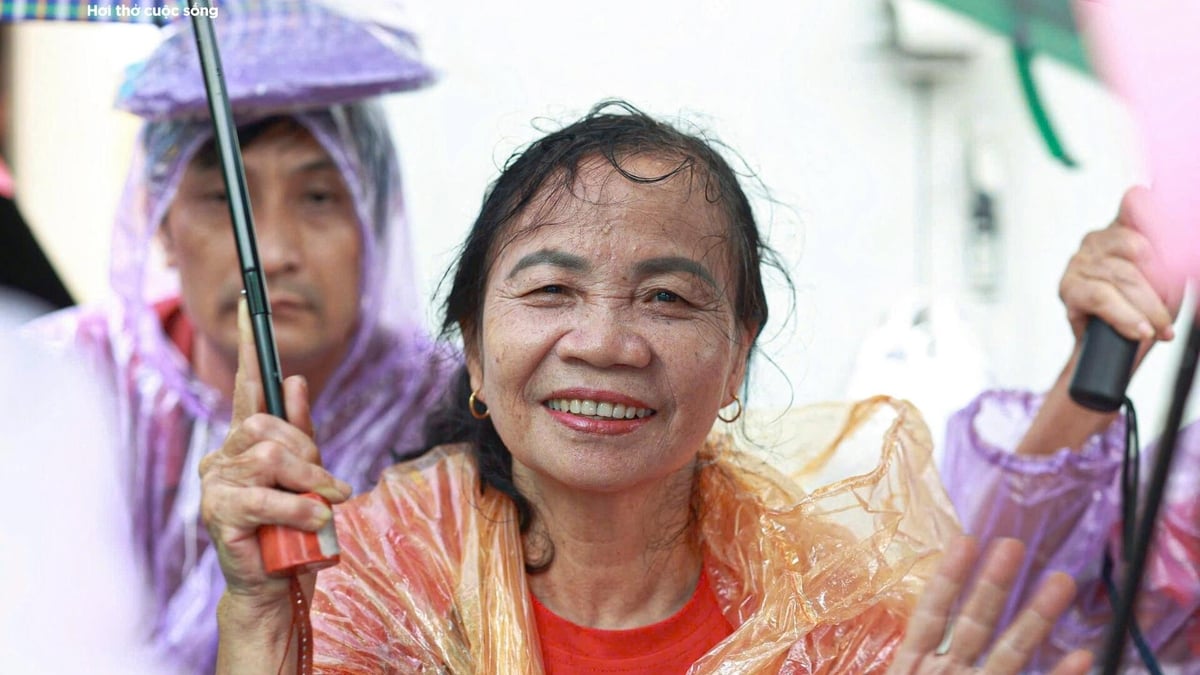


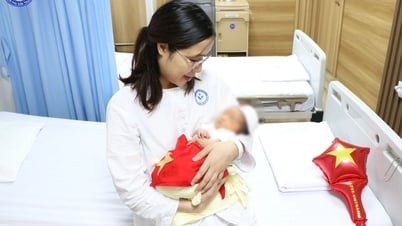

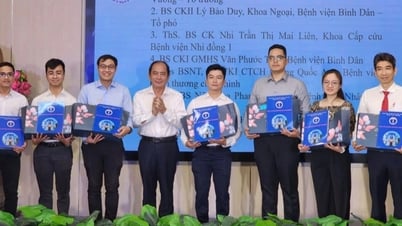

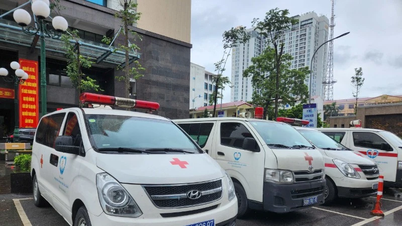









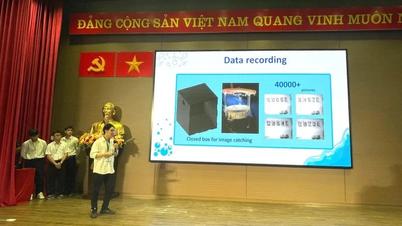

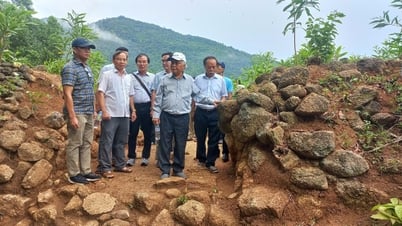



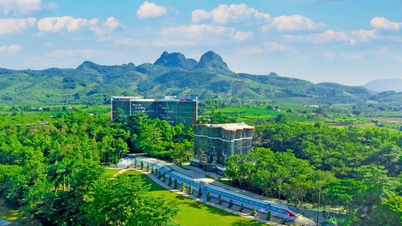


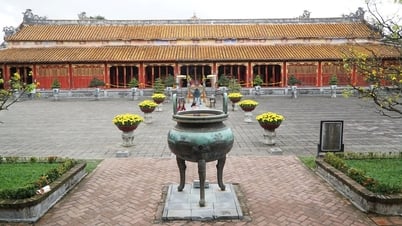
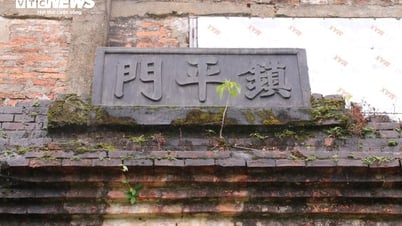

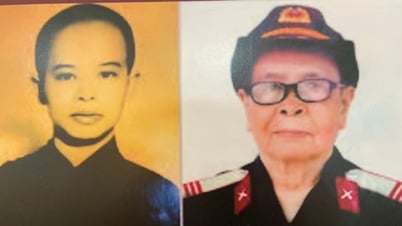




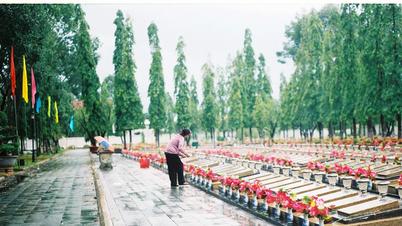






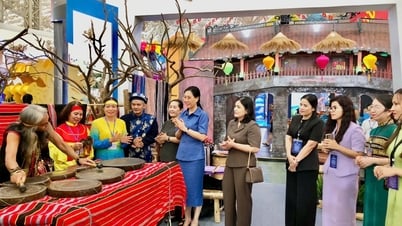








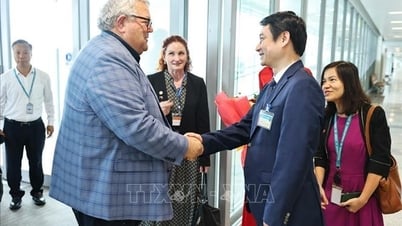

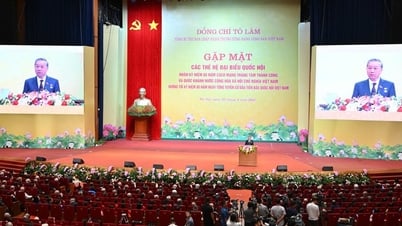







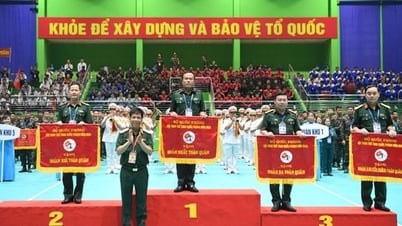
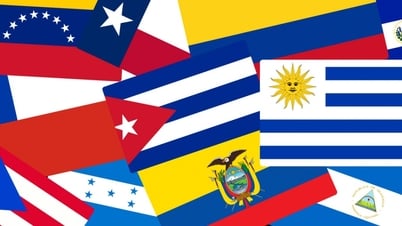
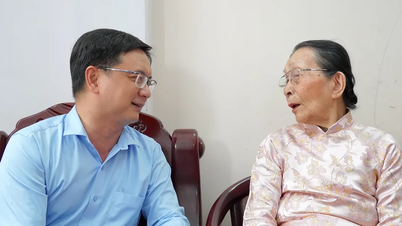






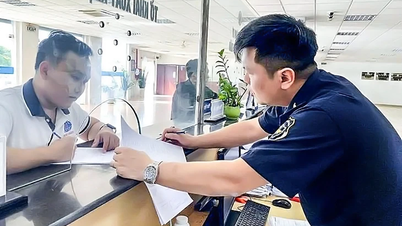








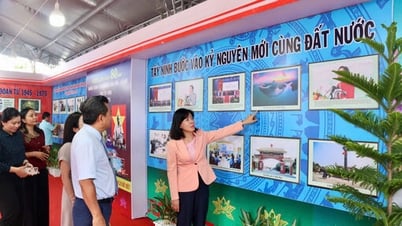










Comment (0)